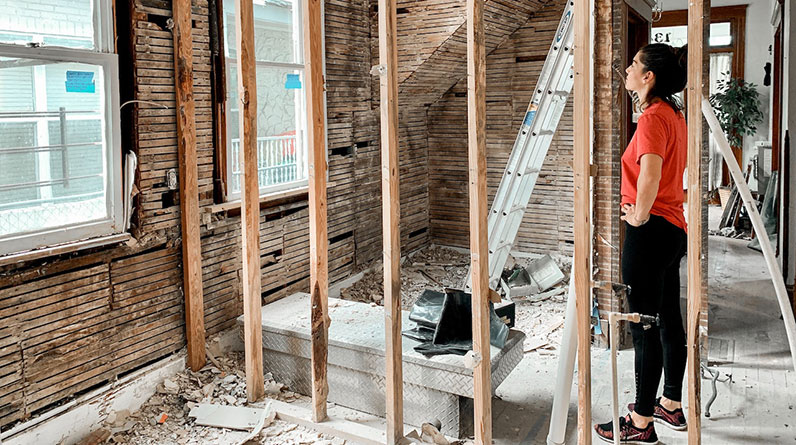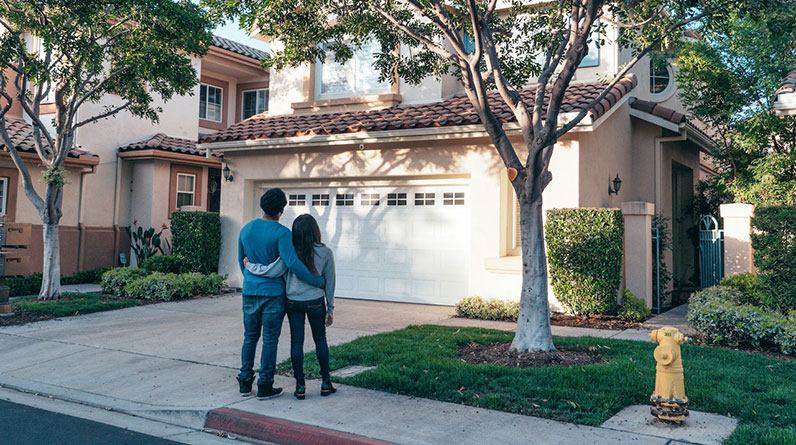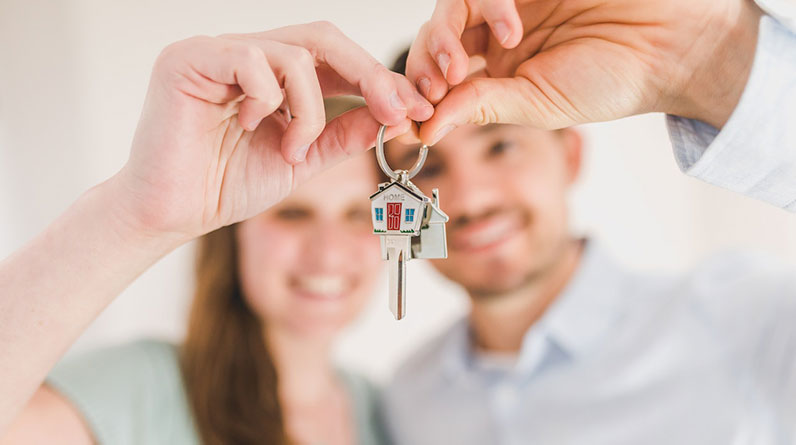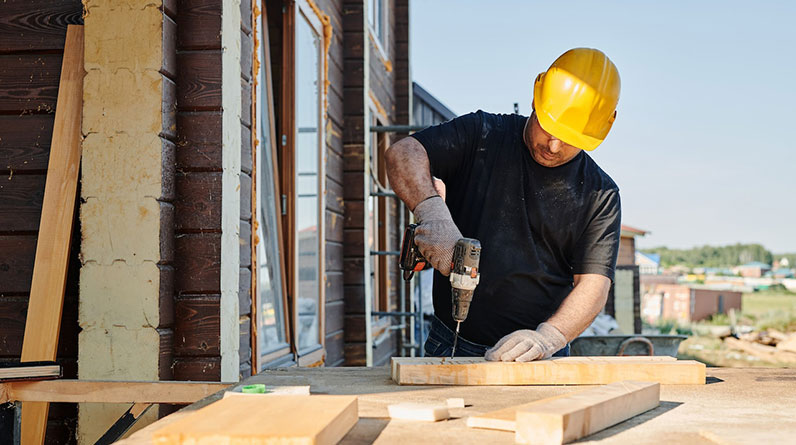
Strategies for Minimizing Risk
When flipping houses, it can be easy to get caught up in the excitement. But there are a few simple strategies you can employ that will reduce risk and boost your success rate.
Effective management of your finances is essential. This involves creating and adhering to a budget, as well as thoroughly reviewing all financing options available to you.
1. Keep Your Expectations in Check
Investing in and renovating houses can be a lucrative venture, but it also comes with considerable risk. Your property might not sell at a profit or the repairs may end up costing more than anticipated.
Maintaining realistic expectations when flipping houses is one of the most essential strategies to minimize your risks. Don’t buy a house expecting it to sell quickly for a large profit; this could cause you to rush into the project and take on too much work, leading to loss on investment.
The next step is to avoid selecting homes that need extensive repair or are in undesirable neighborhoods. While it can be tempting to select a property with unique design elements that you adore, these properties tend not to make the best flips and may take longer to sell.
In addition to taking your emotions out of the equation, you should also search for homes that offer great value in the market. These houses tend to be slightly lower priced than their nearby counterparts and could increase in value with renovations.
Additionally, it’s best to avoid using debt for flips. Not only does this add interest payments to your budget, but it is also very risky in the likelihood that the house won’t sell quickly.
2. Hire a Professional
Hiring a professional to perform renovations and repairs is one of the best ways to minimize risk when flipping houses. Not only does it keep you within budget, but it helps get the job done quickly as well.
A professional can assist you with everything from finding properties to selling them once the renovations are done. They may also supply you with a list of qualified contractors that you can work with.
Even experienced investors would benefit from hiring a real estate agent to assist in finding the ideal property that fits within your budget and renovation capabilities. They also know how much profit can be expected from certain homes, so don’t go in with unrealistic expectations.
Additionally, you should hire a home inspector to confirm there are no major structural issues which could impact your sale price. Doing this helps avoid buying a house only to uncover an enormous issue when trying to sell it.
Once you’ve identified a property that suits both your budget and renovation skill level, it’s time to get the rehab underway. For best results, hire a team of experts including an experienced construction/remodeling company, home inspector, real estate agent, and accountant for assistance.
It’s easy to get into the habit of skipping permits or neglecting repairs. Not only is this illegal, but it could cause issues later when trying to obtain an inspection. Plus, both time and money are at stake!
3. Have a Solid Plan in Place
Flipping houses can be a profitable investment, but it’s essential to manage your risk. To do this effectively, create an effective plan before beginning to purchase and rehab properties.
Establishing a sound plan for your project will help you avoid costly missteps that could potentially cause financial loss or legal troubles. Furthermore, having an organized strategy in place ensures the smooth progress of the endeavor.
Before you purchase a property, conduct an extensive home inspection. This will give you an accurate assessment of the house’s condition and any issues that could arise during the process.
Be sure to hire a licensed home inspector who will be able to detect issues you might not otherwise detect on your own, saving both time and money in the long run.
When selling your property, you need to price it appropriately so that you make a profit. This can be done by establishing an accurate appraisal value for the property.
Another way to estimate this value is by reviewing similar properties that have recently sold in your neighborhood. This will give you a good indication of the local housing market and what your house might sell for.
The 70 percent rule is an easy-to-use but highly effective tool for determining whether you should buy or sell a property. It’s not an exact science, however; therefore, you must take into account your individual situation and the current market.
4. Stay Up-to-Date on the Market
When flipping houses, it’s essential to stay informed on the housing market. Doing so will enable you to make informed decisions, keep costs low, and boost your chances for making a profit.
Making an informed investment helps you avoid making a costly mistake or being stuck with property that won’t sell. The market can shift quickly, so it’s important to adjust your expectations accordingly.
Real estate investing carries a high level of risk, so you must be ready for anything. This could include unexpected repairs or increases in material costs, an abrupt shift in the real estate market, and other issues which could reduce profits.
Before you dive in, educate yourself on the market. You’ll discover which types of homes are selling in your area and which upgrades people are willing to pay for. With this knowledge, you can better determine whether it is time for you to move or not.
Making the mistake of buying a house without visiting it first is the biggest misstep new flippers make. Online photos cannot give you the full picture, and an outdated home in an unattractive neighborhood may be enough to put off potential buyers.
5. Have a Rainy Day Fund
A rainy day fund can help cover those unexpected costs that tend to arise when flipping houses. These could include medical bills, repairs to your car or appliances, and even summer camp fees for your kids.
Start by setting aside a certain amount of money each month into a savings account, then gradually building this fund over time. Make saving part of your routine and automate as much of the process as possible.
If possible, put any tax rebates or work bonuses directly into your savings fund. Not only will this provide an instant boost for your nest egg, but it also frees up cash that can be used for other things like decluttering or paying off debt.
Save your rainy day fund in a high-yield savings account (HYSA), where you can earn some interest while having quick access to the money if needed. This is the ideal place for saving emergency and rainy day funds since there are no penalties if you need them on short notice.
Though it may seem like an inconvenience, a rainy day fund can be an invaluable asset to help you maintain good financial health. It creates a cushion for minor financial setbacks so they don’t have the chance to adversely impact your spending patterns or overall financial wellbeing.
6. Get Someone Else to Fund Your Deal
House flipping requires an investment in time, energy and skill. It’s a full-time job that takes years to learn and master, as well as the capacity to make critical decisions, manage a team of contractors and handle other stressful tasks with grace.
Fortunately, there are ways to raise capital when flipping houses without needing to borrow your own funds. This approach can be especially advantageous if you are a new investor who needs to purchase and fix up a property before reselling it at a profit.
Private lenders or hard money lenders can provide the financing necessary for purchasing a house and renovating it. While these loans tend to be more expensive than traditional bank financing for an owner-occupied home, they provide an alternative method of funding a flip without using your own funds.
Another way to raise capital for your deal is crowdfunding sites. These platforms connect residential real estate flippers with investors who will contribute a portion of the loan amount.
When flipping a house, the key to getting other investors on board is having an organized plan and sticking to it. Doing this reduces the risks that could eat away at your profitability.






